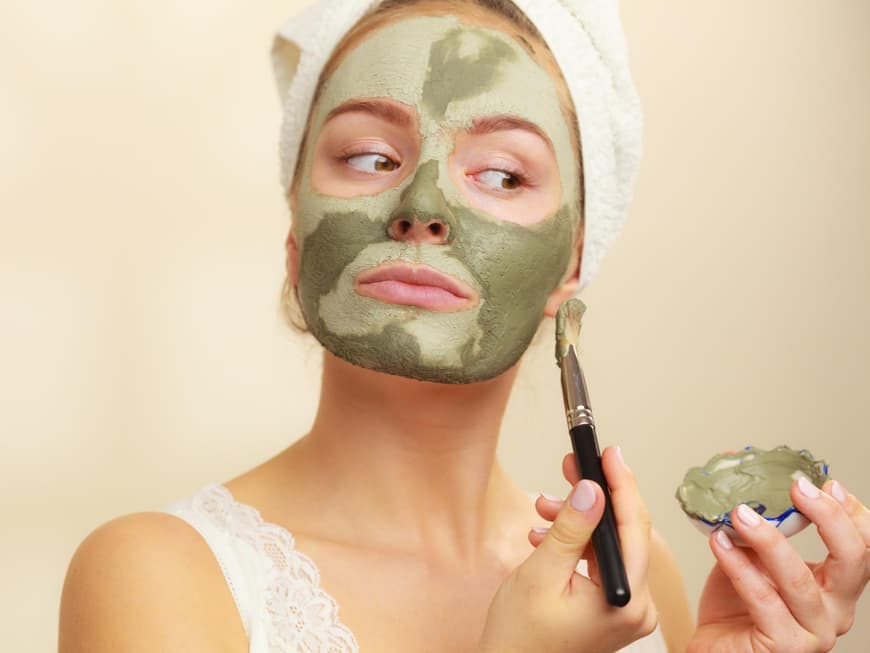
Red algae
This type of algae increases the skin's resistance. They grow at depths of over 200 meters in almost complete darkness as well as in volcanic sulphur springs: Red algae can cope with the most adverse conditions and cannot be broken. It is often mixed into creams because it strengthens the skin's barrier layer and protects it from free radicals and external pollutants. Red algae are rich in vitamin C (antioxidant) as well as proteins and minerals that stimulate collagen synthesis in the skin. As a calcium-encrusted algae, it has a tissue-tightening detox effect due to its high calcium content. Finely ground, it is therefore also used in peeling products.
Green algae
All land plants once developed from the plants of this genus. An important variety for the cosmetics industry is "Haematococcus pluvialis". It has the property that it turns red when exposed to sunlight - this protects it from major damage caused by UV light. This natural protective effect can also benefit our skin. In creams, this type of algae protects the skin from cell damage by blocking free radicals. In addition, certain green algae can greatly refresh the complexion and strengthen the cohesion between the individual skin layers, thus improving their structure. The skin is smoothed and beautifully toned.
Blue-green algae
These marine plants are said to provide new energy for the cells. Blue-green algae, also known as cyanobacteria, are among the oldest forms of life. They are something like the energy stores of the oceans. The classic among them and one of the best-known algae is spirulina. It contains many proteins, minerals and trace elements, has a metabolism-stimulating effect and stimulates biological renewal processes in the skin. Its relative, the "Phormidium persicinum" algae, has a built-in repair mechanism and thus enables rapid skin regeneration. This type of algae is therefore often used in soothing after-sun products.
Brown algae
These marine plants occur in a wide variety of forms. Some species are just microscopically small cell filaments, others form meter-long seaweed forests in the water and cannot be overlooked. Some varieties contain a high proportion of the trace elements copper and manganese. Both strengthen the immune system and inhibit inflammatory substances. This is why brown algae are also ideal as a skin care ingredient for sensitive and blemished skin. The native Laminaria algae (Baltic Sea) is a super energy supplier, regenerator and water reservoir in cosmetics. Alginic acid, contained in many other brown algae, has an extremely hydrating and relaxing effect.
